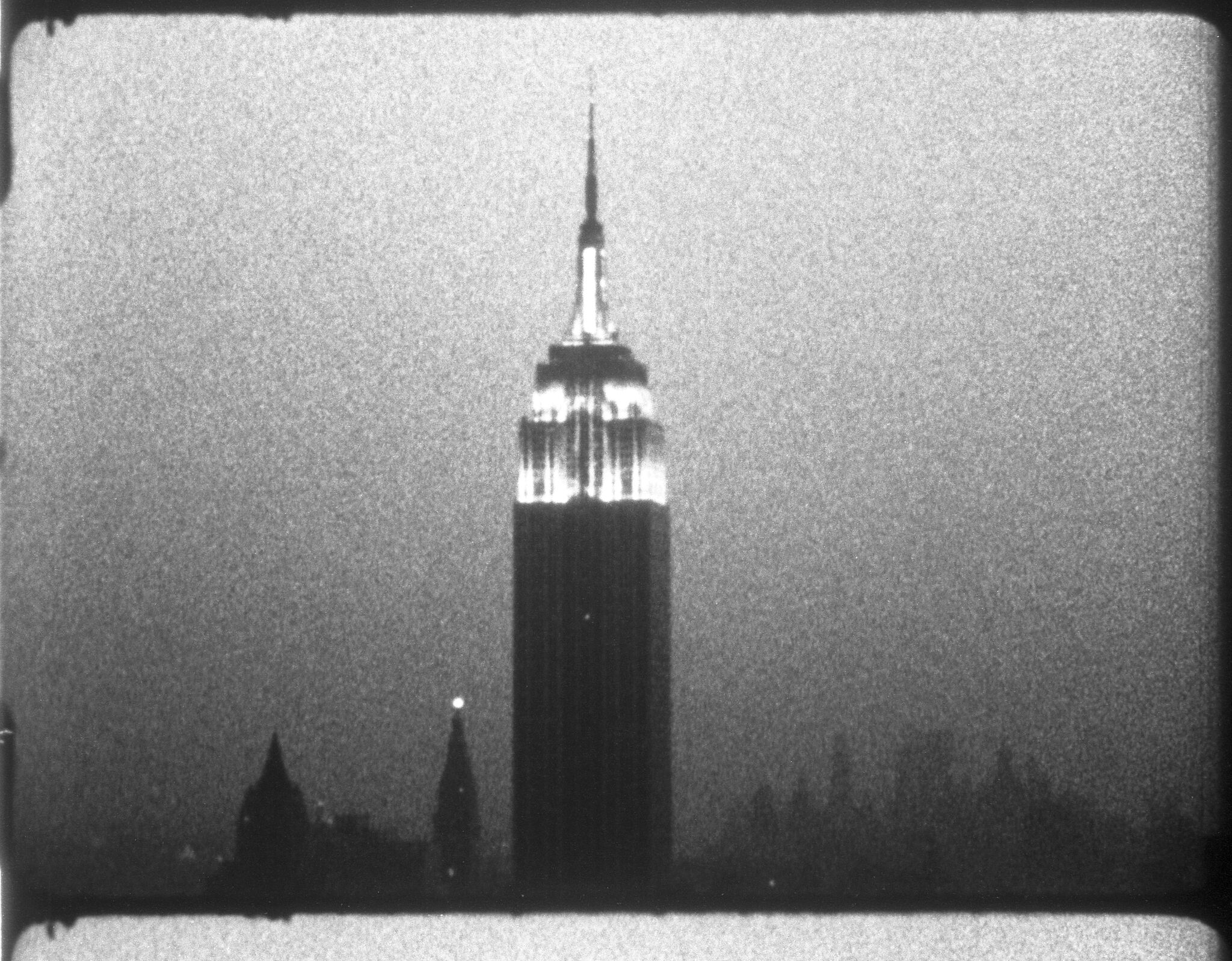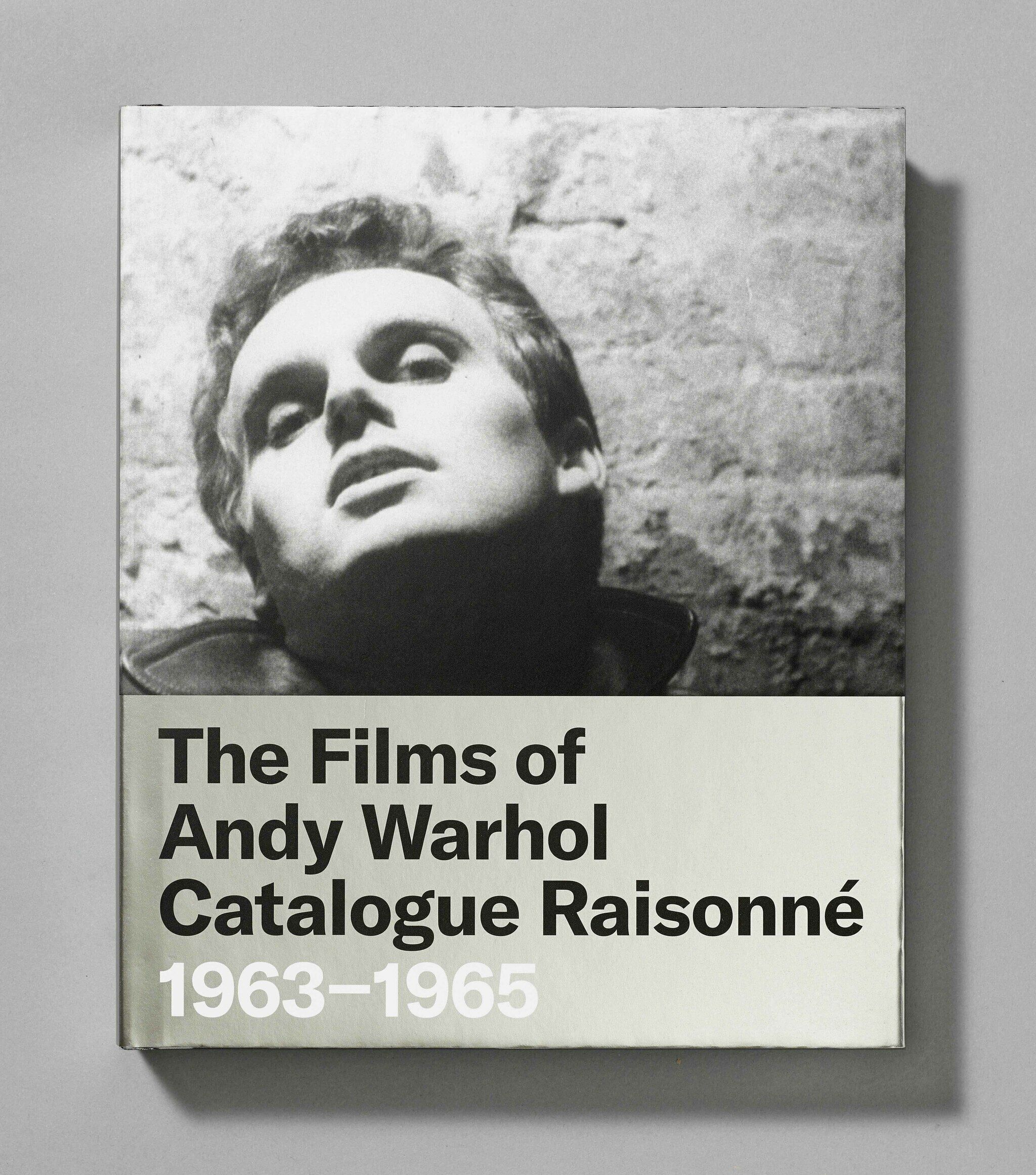Andy Warhol Film Project
In the 1960s, Andy Warhol (1928–1987) produced hundreds of films—short and long, silent and sound, scripted and improvised. Warhol’s films are highly regarded for their radical explorations beyond the frontiers of conventional cinema and considered among the most significant works of the artist’s career. From 1963 through 1968, Warhol produced nearly 650 films, including hundreds of Screen Tests, or portrait films, and dozens of full-length movies, in styles ranging from minimalist avant-garde to more commercial productions. Through his work of this period, Warhol redefined the genre of film, challenged scholars’ and critics’ understanding of the medium, drew a wide range of audiences, and attracted critical attention.
In 1970, Warhol took all of his films out of distribution, removing them from public view and relegating them to a realm of myth, hearsay, and misinformation. About a decade later, John G. Hanhardt, renowned film scholar, general editor of The Films of Andy Warhol Catalogue Raisonné, 1963–1965, Volume 2 (2021), and Curator and Head of Film and Video at the Whitney Museum of American Art at the time, proposed an ambitious and unusually collaborative project in which the Whitney and the Museum of Modern Art (MoMA) would work together to preserve, restore, exhibit, distribute, and catalogue the entirety of Warhol’s cinema. Warhol’s cooperation was enlisted and in 1984, he placed his original film materials on deposit with MoMA and the Whitney began foundational research for the catalogue raisonné. This endeavor, formally known as the Andy Warhol Film Project, has been a joint undertaking of the Whitney, MoMA, the Andy Warhol Foundation for the Visual Arts, and the Andy Warhol Museum.
The Films of Andy Warhol Catalogue Raisonné, 1963–1965
Edited by John G. Hanhardt, with essays by Bruce Jenkins and Tom Kalin, and entries by Jonathan Flatley, Elena Gorfinkel, Claire K. Henry, Bruce Jenkins, Tom Kalin, Homay King, Ara Osterweil, Marc Siegel, Juan Antonio Suárez, and Gregory Zinman
The Films of Andy Warhol Catalogue Raisonné, 1963–1965 focuses on the films Warhol produced in these early years when he first started working with the medium. Many of Warhol’s best-known films—including Sleep (1963), Empire (1964), Vinyl (1965), and Outer and Inner Space (1965)—were made during this period of intense creativity. Insightful introductory essays discuss Warhol’s influences, source material, working methods, and technical innovations, as well as his engagement with the performers, writers, and other collaborators who participated in his groundbreaking films. Comprehensive entries offer detailed cataloguing information, full descriptions, and critical analysis of more than a hundred individual works, accompanied by copious stills and behind-the-scenes photographs that provide fascinating visual documentation of the films.
This new volume is a complement to the landmark first volume of the catalogue raisonné, Andy Warhol Screen Tests: The Films of Andy Warhol Catalogue Raisonné, Volume 1, which was authored by the late film scholar and Warhol authority Callie Angell and published in 2006 to wide critical acclaim. A digitized version of Andy Warhol Screen Tests will be available on Yale University Press’s Art and Architecture ePortal in the spring of 2022.
1963
Tom
Untitled (Taylor and John)
Untitled (Rosenquist at Work)
Country
Untitled (John in Country)
Untitled (John in Hammock)
Bob Indiana, Etc.
Untitled (Happy Birthday, Eleanor)
Andy Warhol Films Jack Smith Filming “Normal Love”
Sleep
John Washing
Naomi and Rufus Kiss
Kiss
Dance Movie
Jill and Freddy Dancing
Me and Taylor
Elvis at Ferus
Denis Deegan
Wynn, Gerry, Claes
Duchamp Opening
Tarzan and Jane Regained, Sort Of . . .
Henry in Bathroom
Sarah—Soap
Y. Rainer Dance
Harold
Billy Klüver
Jill
Jill at Billy Klüver’s
Kenward Elmslie
Original Eat
Naomi
Naomi and John
Naomi in Chase’s
Joe Jones
Assorted Outtakes
Haircut (No. 2)
Haircut (No. 1) (The End of Dawn)
Haircut (No. 3)
1964
Alan Marlowe and Diane di Prima
Eat
Blow Job
Marisol—Stop Motion
Marisol Exhibition
Three
Dinner at Daley’s
Jill Johnston Dancing
Soap Opera
Naomi’s 24th Birthday
Lance Wilson (The Madness of Lady Bright)
Billy Linich Shoeshine
Batman Dracula
Empire
Henry Geldzahler
People Looking at Henry Geldzahler on Screen
Allen
Couch
Shoulder
Isabel Wrist
Taylor Mead’s Ass
8mm Loops
Jane and Darius
Imu and Son
Banana
David Bourdon Being Beaten
Philip and Gerard
Mario Banana
Mario Montez Dances
Harlot
Mario Montez Screen Tests
Steve Holden Drunk
Sampler
1965
John and Ivy
Drunk
Screen Test No. 1
Screen Test No. 2
Suicide
The Life of Juanita Castro
Bitch
Horse
Poor Little Rich Girl
Vinyl
Edie and Kip
Restaurant
Face
Prison
Kitchen
Beauty #1
Beauty #2
Afternoon
Space
Outer and Inner Space
Discotheque
My Hustler
My Hustler II (Ingrid in Apartment)
Brigid #1
Camp
The Bed
Paul Swan
More Milk Yvette
Lupe
John G. Hanhardt began his career in the Museum of Modern Art’s Department of Film and went on to establish the film program and study collection at the Walker Art Center. He was Curator and Head of the Film and Video Department at the Whitney Museum of American Art, where he curated The Films of Andy Warhol (1988) and Andy Warhol’s Video and Television (1991). Hanhardt was also Senior Curator of Film and Media Art at the Solomon R. Guggenheim Museum and the Smithsonian American Art Museum, and Consulting Curator of Film and Media Art at the Memorial Art Gallery of the University of Rochester.
Bruce Jenkins is Professor of Film, Video, New Media, and Animation at the School of the Art Institute of Chicago. Previously he was the Stanley Cavell Curator at the Harvard Film Archive; Curator of Film and Video at the Walker Art Center, Minneapolis; and Film Programmer at Media Study/Buffalo. He has taught at the State University of New York at Buffalo, the University of Minnesota, Macalester College, Harvard University, and the University of Cincinnati. Among his publications are a book-length study on the work of Gordon Matta-Clark (Afterall, 2011) and an edited volume of writings by Hollis Frampton (MIT Press, 2009).
Tom Kalin’s work traverses diverse forms and genres, from installations to narrative features to activism. His film Swoon (1992) was awarded prizes in Berlin, Stockholm, and Sundance, and Savage Grace (2007) premiered at Cannes and screened worldwide. As a producer, his features have included I Shot Andy Warhol (1996) and Go Fish (1994). Kalin was also a writer for Cindy Sherman’s Office Killer (1997).
Jonathan Flatley is a professor in the English Department at Wayne State University, where he was the editor of Criticism: A Quarterly for Literature and the Arts from 2007 to 2012. He is the author of Affective Mapping: Melancholia and the Politics of Modernism (Harvard University Press, 2008) and Like Andy Warhol (University of Chicago Press, 2017), and co-editor of Pop Out: Queer Warhol (Duke University Press, 1996).
Elena Gorfinkel is Senior Lecturer in Film Studies at King’s College London. She is the author of Lewd Looks: American Sexploitation Cinema in the 1960s (University of Minnesota Press, 2017) and co-editor of the collections Global Cinema Networks (Rutgers University Press, 2018) and Taking Place: Location and the Moving Image (University of Minnesota Press, 2011). She was awarded a 2018 Andy Warhol Foundation Arts Writers Grant for her current book project on cinemas and exhaustion.
Claire K. Henry served as Curatorial Consultant to the Andy Warhol Film Project and Assistant Curator at the Whitney Museum of American Art. She curated the film component of the Whitney’s 2018 retrospective Andy Warhol: From A to B and Back Again. Henry also programmed Warhol’s films at various venues and lectured widely on his film work in Europe and North America.
Homay King is Professor in the Department of History of Art at Bryn Mawr College. She is the author of Virtual Memory: Time-based Art and the Dream of Digitality (2015) and Lost in Translation: Orientalism, Cinema, and the Enigmatic Signifier (2010), both published by Duke University Press. Her essays have appeared in Camera Obscura, Film Quarterly, October, and exhibition catalogues, including the Metropolitan Museum of Art’s China: Through the Looking Glass.
Ara Osterweil is a painter, a writer, and a scholar of contemporary art, experimental film, and world cinema. Her writings have been published in Artforum, Camera Obscura, Film Quarterly, and Millennium Film Journal. Her book Flesh Cinema: The Corporeal Turn in American Avant-Garde Film was published by Manchester University Press in 2014. Osterweil is Associate Professor of World Cinema and Cultural Studies at McGill University.
Marc Siegel is a professor of film studies at the Johannes Gutenberg University in Mainz and has published widely in the areas of experimental film and queer studies. He is co-editor of Film Culture 80: The Legend of Barbara Rubin (2018) and the author of A Gossip of Images (Duke University Press, forthcoming). Siegel is also co-founder of the Berlin-based artist’s collective CHEAP.
Juan Antonio Suárez is a professor of American studies at the University of Murcia, Spain. He is the author of Bike Boys, Drag Queens, and Superstars (Indiana University Press, 1996), Pop Modernism (University of Illinois Press, 2007), and Jim Jarmusch (University of Illinois Press, 2007) and has contributed essays to Grey Room, Screen, and The Journal of Cinema and Media Studies, as well as numerous edited volumes. He is currently completing the book Experimental Film and Queer Materiality.
Gregory Zinman is an associate professor in the School of Literature, Media, and Communication at Georgia Tech. As a postdoctoral fellow, he worked on the Nam June Paik Archive at the Smithsonian American Art Museum. He is the author of Making Images Move: Handmade Cinema and the Other Arts (University of California Press, 2020) and co-editor of We Are in Open Circuits: Writings by Nam June Paik (MIT Press, 2019).
Resources
The Museum of Modern Art, New York
Since 1989, 279 Screen Tests and more than fifty other films by Andy Warhol have been preserved and released by MoMA. The restored films are available for rental in 16mm from the Circulating Film Library.
The Warhol Film Archive (established by the Whitney Museum of American Art) will be transferred to MoMA. The Celeste Bartos International Film Study Center also has extensive paper files on the Warhol films and will arrange screenings for scholars, both available by appointment.
The Andy Warhol Museum, Pittsburgh
Warhol’s papers are accessible for scholars through the Archives Study Center.
Private screenings are offered for scholars by appointment, along with regular public screenings of Warhol films. Frame enlargements, reproduction rights, and footage licensing also available.
Related Event
The Andy Warhol Film Project at the Whitney and the preservation of Warhol’s films by The Museum of Modern Art were funded by grants from The Andy Warhol Foundation for the Visual Arts, Inc.
Additional support for Volume 2 of the Film Catalogue Raisonné was provided by Cricket Taplin.



